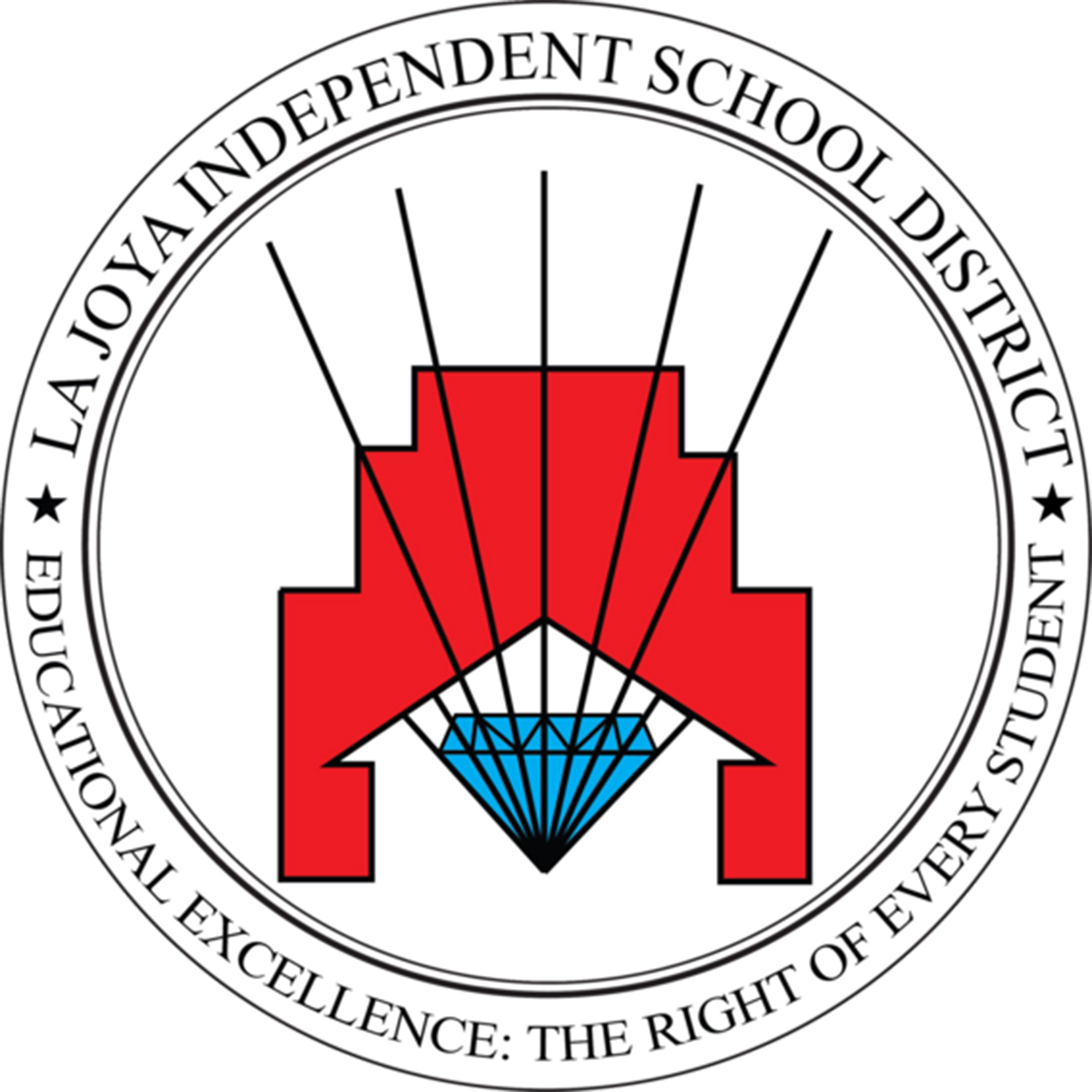Skip to content
Athletics Back-to-School 2025-2026 CommunicationsEnrollmentMedia Coverage FormParent ResourcesTranscript RequestHealth ServicesSchool Calendar 2025-2026Staff ResourcesSuggestion BoxSummer Programs 2025TEA InterventionTEA Verified ScoresWeather UpdatesSchool BoardStrategic PlanAdvisory CommitteesDistrict Advisory CommitteeOrganizational Chart 25-26
Athletics Back-to-School 2025-2026 CommunicationsEnrollmentMedia Coverage FormParent ResourcesTranscript RequestHealth ServicesSchool Calendar 2025-2026Staff ResourcesSuggestion BoxSummer Programs 2025TEA InterventionTEA Verified ScoresWeather UpdatesSchool BoardStrategic PlanAdvisory CommitteesDistrict Advisory CommitteeOrganizational Chart 25-26
Show submenu for About Our District
About Our District
Event Tickets
LJISD Departments
Superintendent
Parents
Transcript Request
Employment
Staff
Transportation
Health Services
District Advisory Committee
Instructional Framework & Lesson Structure
Show submenu for
